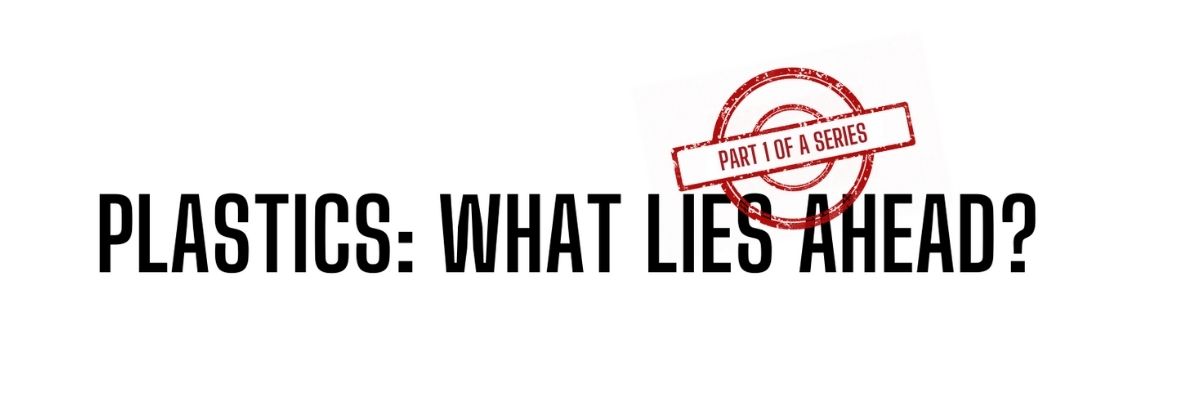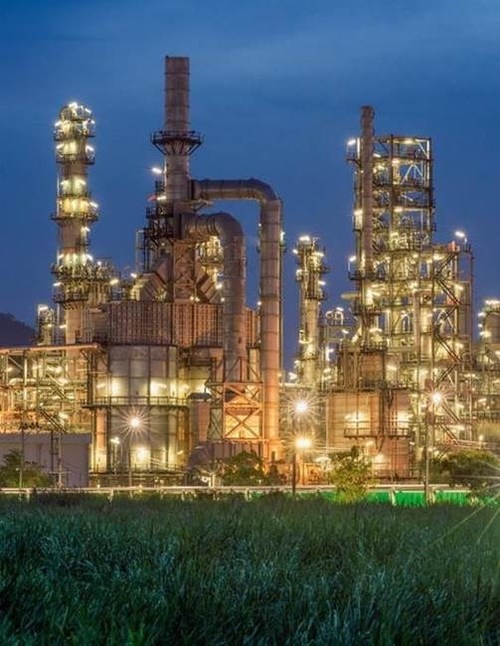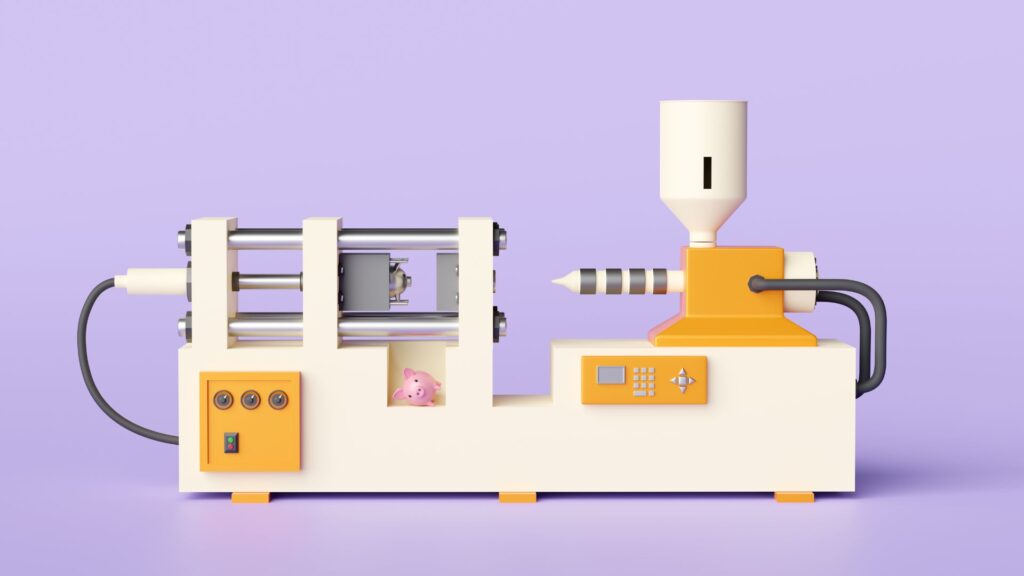
We want to help our customers and others interested in this viable, versatile niche of plastics, polymers, resins, and the like. Accordingly, we have researched many weeks’ worth of trends, announcements, and notices from important players in our field.
Plastics and the Circular Economy
Petro Products: Touted Less

If oil demand in some sectors wanes there still exists a use for their ‘black gold.’” That use? Plastics.
Petrochemicals Hold Promise
“When we think about oil, we often think about it as an energy source, giving little consideration to the other ways in which it’s used,” Bradstock wrote. “But much of the oil from around the world actually goes into producing everyday products. These products include clothing, tires, digital devices, packaging, detergents, and fertilizers.
In 2018, petrochemical feedstock accounted for around 12 percent of global oil demand. This figure will increase substantially over the next few decades. Experts expect 10 million metric tons of growth in the petrochemicals industry every year between now and 2050.”
Plastics Injection Molding to Follow Suit
The global injection molding market size will reach $398 billion by 2030, according to a March 30 report by Grand View Research, Inc. They expect the market to expand at a CAGR of 4.8 percent (slightly higher than the growth quotient for extruded plastics) from 2022 to 2030.
The market has witnessed a surge in adoption in recent years. The manufacturing technology employed for producing complex products made the difference. Players incorporate industry 4.0 in their process, thereby optimizing the requirement of raw materials, lowering costs, and increasing automation and flexibility.
The COVID-19 pandemic caused supply chain disruptions in 2020-21. That meant losses for the service providers as demand from various end-user industries was halted.
Resins to the Rescue
The demand for plastic injection molding is witnessing significant growth due to high tensile strength and high-temperature endurance. These factors led to the increased usage of engineering-grade plastic resins for molded products. Moreover, plastic resins enable a reduction in manufacturing waste, product weight, and overall manufacturing costs.
Companies providing molding services acquire the latest technologies to meet the changing demands from the medical industries and increase manufacturing capacity.
Plastics Recycling Will Only Get Bigger
According to a recent market research report published by P&S Intelligence, the recycled plastic market value will increase. Observers say it will grow to $124 billion by 2030 from an estimated $59 billion in 2021. That rate amounts to a CAGR of 8.5 percent. In recent years, a number of companies started to collect plastic waste and recycle it into reusable resins and fibers.
In the coming years, Europe will see the highest market CAGR, as that continent fulfills on to reduce its plastic waste. As per Plastics Europe, 35 percent of the plastic waste collected in Europe went to recycling centers.
Moreover, China, once the major importer of such waste, banned the inflow of certain kinds of plastic waste in 2017. That came under its National Sword Policy, which made it imperative for the waste to be reprocessed at the source itself.
Plastics Recycling Technology Takes Another Step
Avangard Innovative, the largest plastics recycler in the Americas, becomes the first to deploy the UpCycle Process Technology in the United States. Honeywell and Avangard intend to form a joint venture to co-own and operate a facility within Avangard’s NaturaPCR complex in Waller, Texas.
Making the Plastics Switch
Early in 2021, a Dallas-based start-up company raised some $3.25 million to revolutionize the food-packaging industry. They aim to develop high-quality, biodegradable plastic alternatives. The funds should help them expand their product offerings and develop their supply chain infrastructure.

Green Packaging Market to Grow as Well
Based on application, the food and beverages segment held the highest market share in 2020. As such, it accounted for around three-fifths of the global green packaging market. Food and beverages will maintain leadership status throughout the forecast period. Observers credit growth in consumer awareness about health and the emergence of substitutes.
Even Watches Are Getting in on the Act

Produced from regenerable resources, biomass plastics have much to commend them. They merit attention as a material that can reduce environmental impact by curbing carbon dioxide emissions.
According to a 2021 report by Markets & Markets, the market for biodegradable plastics will grow at a CAGR of 25 percent by 2026. Last year the niche stood at $7.7 billion.
PLA Matters
PLA Matters
Read part 2 of this series: Shifting Winds: Plastics Face Big Changes



